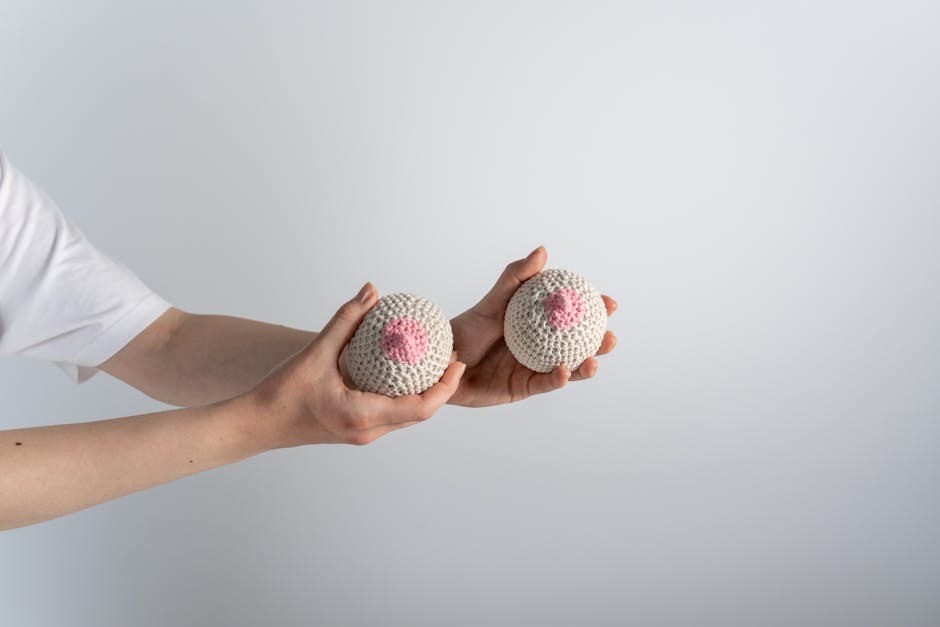
Sensory art: Engaging all five senses for a truly immersive experience
Do you ever find yourself standing in front of a captivating piece of art, wondering how it would feel to touch it or hear the sounds it could evoke? Well, that's the essence of sensory art – an art form that goes beyond just visual aesthetics and engages all five senses.
Sensory art offers a multi-dimensional experience, allowing you to dive deep into the artist's world and connect with their creation on a whole new level. It creates an immersive experience, where you not only see the art but also feel it, hear it, smell it, and even taste it in some cases.
So, how does sensory art engage all five senses? Let's explore:
Visual:
Visual elements are the fundamental pillars of any artwork, and sensory art is no exception. Artists use vibrant colors, intricate details, and captivating forms to stimulate your visual sense and create a feast for your eyes. The visual component of sensory art sets the stage for the overall experience.
Tactile:
Unlike traditional art forms, sensory art allows you to touch and feel the texture of the artwork. From smooth surfaces to rough textures, the tactile aspect adds a new dimension to the art encounter. Running your fingers over the artwork can bring you closer to the artist's intentions and create a stronger connection.
Auditory:
Sound can play a crucial role in sensory art. It can be the light whisper of wind captured in a landscape painting or the rhythmic beat accompanying a kinetic sculpture. Incorporating auditory elements in art gives you a complete sensory experience, where you not only see but also hear the artistic expression.
Olfactory:
The sense of smell can transport you to different places and evoke powerful emotions. Sensory art often incorporates scents, such as the smell of fresh flowers, earthy aromas, or even fragrances that represent specific memories. The olfactory sense adds another layer of depth and personal connection to the artwork.
Gustatory:
Though less common, some sensory art forms may involve taste. Artists may explore flavors and culinary techniques to create artworks that can be consumed or elements that elicit specific tastes. This unique approach challenges traditional notions of what art can be and ignites your sense of taste, allowing you to experience art in a completely unexpected way.
Engaging all five senses through sensory art creates a multi-sensory experience that transports you to a different realm. It challenges the boundaries of conventional art, blurring the lines between the observer and the artwork. Sensory art offers a unique opportunity to immerse yourself in the world of an artist, stepping into their vision and perceiving it holistically.
